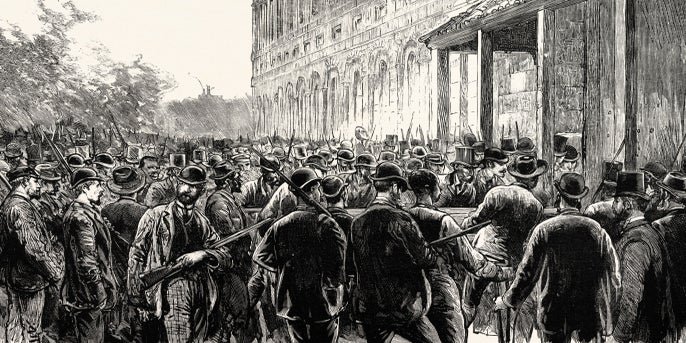2021 Durham Community Gang Assessment
By Michelle Young
Beginning in 2021, the Durham Gang Reduction Strategy Steering Committee (GRSSC) commissioned an updated community gang assessment for Durham. The GRSSC community gang assessment used the OJJDP Comprehensive Gang Model Guide to Assessing Your Community’s Youth Gang Problem (Office of Juvenile Justice and Delinquency Prevention, 2009). This report presents five key findings and related recommendations arising from that exercise. Key finding 1: What is the most acute problem related to gangs/violence in Durham and where is it most acute? At least 12 census tracts/neighborhoods in Durham are currently affected by extremely high rates of violent person incidents (aggravated assault and homicide) that are up to 7.5 times higher than Durham’s overall rate per capita of these crimes. Eight of these census tracts have experienced high rates of violence since the last community gang assessment was conducted in Durham. Violence exposure in these areas is exacerbated by extreme poverty and exposure to other social vulnerabilities that have remained mostly unchanged since 2014. Key finding 2: Why are youth in Durham joining gangs? What risk factors locally must be addressed to keep youth out of gangs? Young people in Durham experience an elevated level of exposure to risk factors for gang involvement, including substance use, delinquency, the presence of gangs in their neighborhood and at school, family gang involvement, victimization, and exposure to violence. This level of risk exposure is higher for youth who enter the juvenile justice system and highest for gang involved individuals. Key finding 3: What is keeping young people in gangs? What must be addressed to help gang-involved individuals exit gangs? Research indicates that young people who join gangs become disconnected from mainstream pursuits. Gang involved individuals in Durham have difficulty exiting gangs because of high rates of school dropout, unemployment/underemployment, substance use, gang activity in the neighborhood, and a need to replace the social and emotional needs currently met by their gang. Key finding 4: How is this issue affecting the wider community? What should motivate policymakers to address the problem? People who live and work in Durham experience the gang issue very differently depending on their role and location. In some neighborhoods, gangs are deeply imbedded in the neighborhood’s culture which plays a key role in the decision to join a gang in Durham. Other neighborhoods experience gang issues indirectly. However, surveys across constituency groups indicates that the widespread nature of gang activity and community violence in Durham reduces quality of life for residents across the community. Key finding 5: How well is the current response to gangs working? What should be done differently in the future? All constituency groups that participated in this study described low levels of satisfaction with the current response to gangs and identified specific deficits that have caused this dissatisfaction. These issues include a failure to address the underlying conditions that give rise to gangs, a lack of awareness about the current responses to gangs across constituency groups, lack of information about the results of current strategies, and concerns about criminal justice policies. Recommendations Recommendation 1: Implement intensive, place-based strategies to address underlying social conditions that increase the vulnerability of children and youth in the most violence affected census tracts to gang involvement Recommendation 2: Implement comprehensive, intensive, and neighborhood-based service delivery specifically for gang-involved individuals in the highest violence neighborhoods. Recommendation 3: Because of the elevated level of gang exposure/involvement and youth risk exposure locally, Durham policymakers should expand available gang prevention and intervention programming, localize these services in the most violence/gang affected census tracts, and prioritize these services for children and youth who are at the highest level of risk of involvement in violence and gangs Recommendation 4: More regularly collect and report data that reflects the progress of the community’s gang violence reduction efforts. Recommendation 5: Institute standardized performance measures to track reductions in violence and improve existing criminogenic social conditions at the census tract level and more regularly report the outcomes attained by gang prevention, intervention and desistance strategies to policymakers and the community at the census tract level.
Wake Forest, NC: Michelle Young Consulting, 2022. 257p.





















